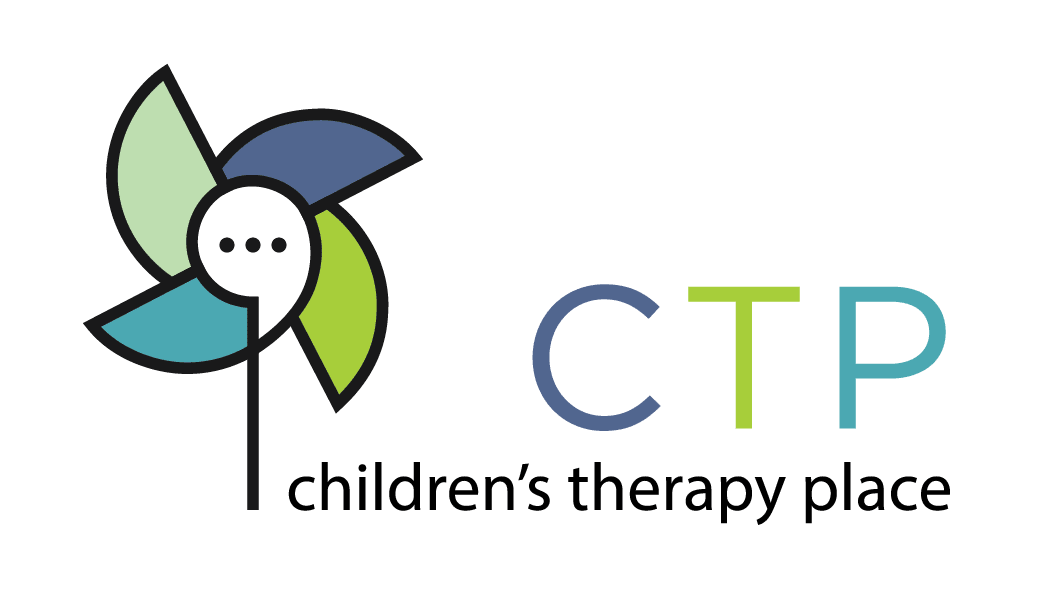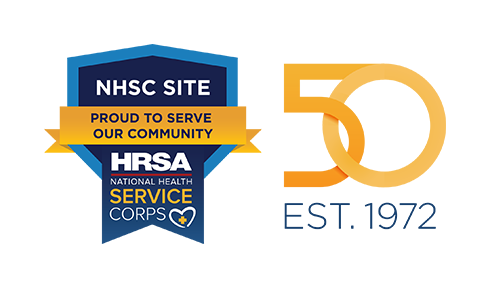Using Daily Routines to Support Speech and Language Development

This blog post is intended to provide information to support the speech and language development of infants and toddlers. The key to supporting your child’s speech and language development? Is not flashcards or fancy Apps. It’s actually YOU – the parent/caregiver – in daily routines.
In this blog post, I have listed easy tips to add to daily routines and discuss why they are helpful with supporting speech and language development. I then list specific examples of how to incorporate those tips into daily routines.
1. Sing songs related to the routine! This will help build vocabulary involving commonly used items/actions. Songs related to routines will also help your child transition to the next activity of the day (especially if they are at an independent age where they don’t want to!). And songs don’t have to be perfect – they can be anything you make up using simple words repetitively in a sing-song voice: ‘Time to __, time to ___, time to ___. It’s time to ___.’
2. Model common words frequently as you are completing actions. This will help build
vocabulary and improve word comprehension and direction following.
3. Involve your child in some aspects of the routine. This will not only improve their
willingness to complete the routine, but also improve their comprehension/direction following because they will be hearing the words as they are completing the actions.
● Diaper Changes
1. I love using the simple ‘Let’s get a ___’ song. It’s easy to adapt to any routine
and it uses common words frequently. With diaper changes, it could sound something like “Let’s get a diaper, diaper, diaper – Let’s get a diaper 1-2-3!”
2. Common, simple words to model: Off! (while taking diaper off); On! (while putting diaper on). Even silly words like Eww! or Poop! are often fun for kiddos
to imitate.
3. Involving them: ‘Can you get me a diaper?’ ‘Take out a wipe!’ ‘Put it in the
trash!’
● Getting Dressed
1. The song ‘Let’s get your shirt on, shirt on, shirt on. Let’s get your shirt on 1-2- 3!’ ‘Let’s put your pants on, pants on, pants on. Let’s put your pants on 1-2-3!’ etc.
2. Common, simple words to model: On! Off. In! Out. Silly fun words like ‘Peek a Boo!’ once their face, fingers or toes pop out of their clothing.
3. Involve them by telling them to choose a clothing item or let them help put on an
easy item like Hat or Socks!
● Bath Time
1. Head Shoulders Knees and Toes is a fun song in the bath! You can slow it down to give you time to wash each body part you sing.
2. Modeling each body part you wash will help build their receptive vocabulary. You can also pause before washing a body part to see if they try to say it on their own!
3. Involve them by allowing them to try to wash their own belly with a washcloth, squirting soap in the tub, or pulling the plug when the bath is over.
● Meal Time
1. I love the ‘We like to Eat, Eat, Eat apples and crackers!’ or whatever item they are eating to the tune of ‘I Like to Eat Apples and Bananas’ song.
2. Labeling the foods on their plate will help build vocabulary. Other common
words that happen during mealtime include: Uh Oh! (if something drops), Wawa (it’s ok to simplify words as children are learning!), More (great chance to use this sign if they are not yet copying words), and All Done! (sign as well).
3. Involve them by allowing them to feed themselves, giving them the opportunity to put something on their plate, or helping clean up/wash the table.
● Leaving the house/Getting in the car
1. The song ‘Time to Go-oh, time to Go, time to Goooo, Time to Go Bye Bye.’
2. Labeling common words throughout the routine: Shoes, Jacket, Car, Go, Bye Bye.
3. Involve them by having them get their shoes, holding their bag or water bottle, or pushing the button on the car keys or garage door!
● Cleaning Up
1. The classic Clean Up song is great: ‘Clean Up, Clean Up, everybody everywhere. Clean Up, Clean Up, everybody do their share.’
2. Common words to model as you complete the actions: In! All Done. or ‘Ahh
Boom!’ is a fun one for them to copy as you throw an item in a bin.
3. If they aren’t already copying you to clean up, involve them by giving them an item to put into a bin. Using a fun way to put toys in the bin might help their participation such as having the toy ‘Jump!’ in or climb ‘Up Up Up!’ the bin.
● Nap Time/Bed Time
1. Using the same song of ‘Time for NiNi, Time for NiNi, Time for NiNi. Time to go NiNi’ while transitioning to their room (again, totally OK to simplify words as children are building their vocabulary).
2. Common words to label: Book (the sign is great too), Lights On/Off, and any pictures you both see in the night time story that’s chosen.
3. They can be involved by choosing a book, turning the light switch off, or putting a stuffed animal in their bed.
I hope some of these ideas are easy ways to incorporate speech and language development into routines you are doing each day. For more information on typical speech and language development, refer to the American Speech-Language-Hearing Association’s website at asha.org.
Written by: Karissa Rutten M.S. CCC-SLP

